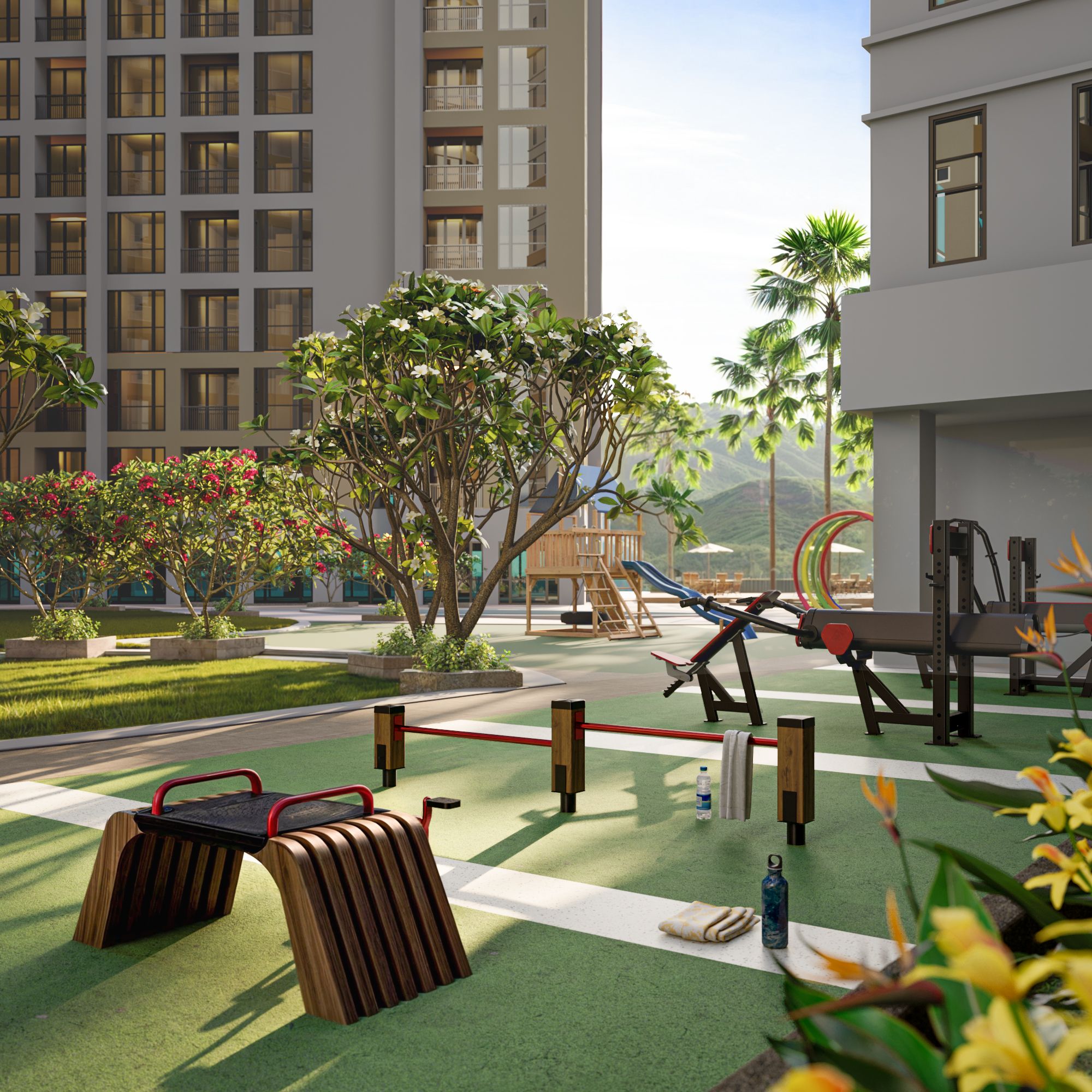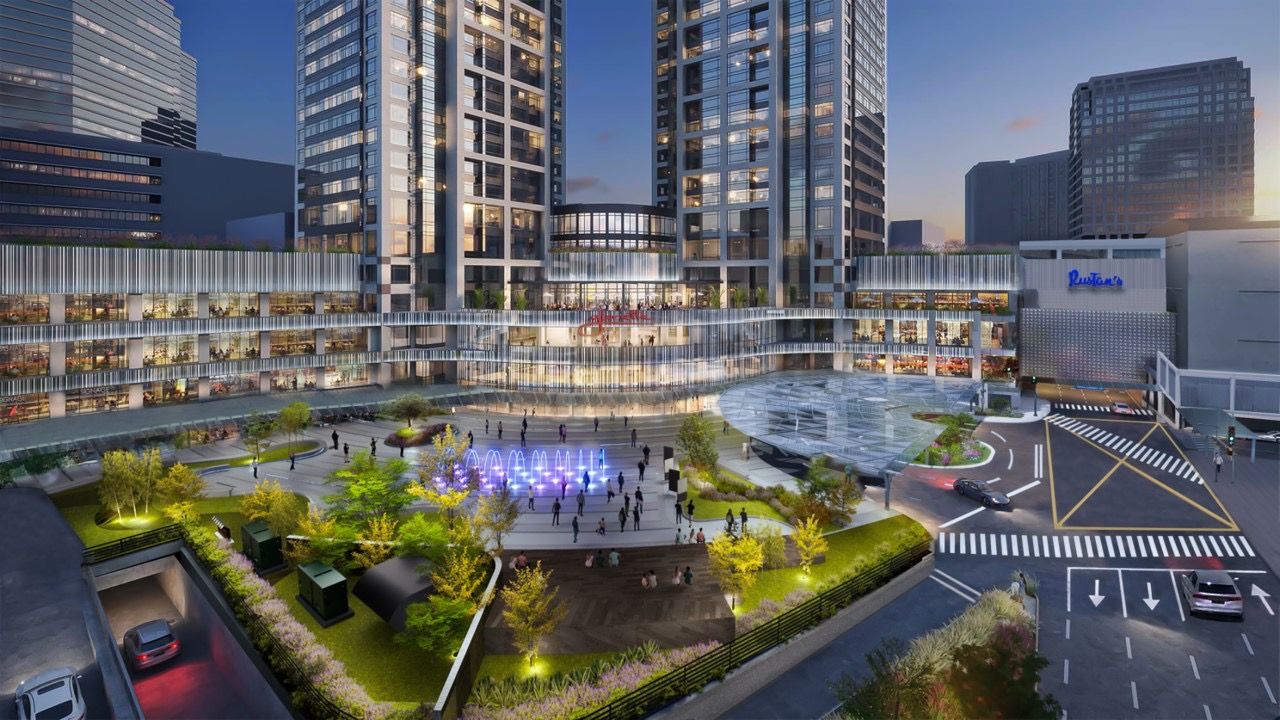Third spaces as essentials in modern living
Between home and work environment, third spaces create connections and better communities
Today’s daily grind involves shuffling back and forth from home to the workplace as we toiled in productive pursuits. This reality has made it necessary for us to find time to step back, pause, decompress in a relaxed environment, recharge our batteries, pursue other interests, and attend social engagements for our psychological well-being.
In his book, “The Great Good Place” published in 1989, sociologist Ray Oldenburg coined the term ‘third spaces’ in architecture to represent “environments that go beyond the traditional enclosure of home and work to foster community and social connections.”

Distinct from the home and work environment, third spaces can be parks, plazas, community centers, libraries, cafés -- basically, public or semi-public areas where people can converge, interact, and form social bonds.
For individuals, third spaces serve as a breather, promote physical activities, and offer opportunities to bond with the people that matter to their lives.
In a bigger picture, third spaces foster our sense of belonging to the community through shared experiences, interaction, and engagement in certain activities.
The development of residential communities, whether horizontal or vertical, features certain areas in a variety of amenities, representing third places in these modern enclaves. More than just compliance with regulatory agencies, developers have added and diversified the types of amenities we see today, an advancement well-received by residents.
Marco Polo Residences, for instance, has a good array of amenities that suit different interests including a reading room (couches, good lighting for book lovers), indoor spa (sauna and hot tub for relaxation), sound room (mini stage, sound system for music enthusiasts), culinary station (kitchen setup, function room for entertaining guests), game room and golf simulation room, and alfresco dining. For outdoor amenities, there is a stage for small events, a mini putting green for the golf players, an outdoor fitness station, a beach volleyball court, and jogging path for the health-conscious, and a reflecting pond for some quiet moments.
Another example is the busy Ayala Avenue that transforms into third spaces every Car-Free Sunday. Freed from vehicles, a stretch of the avenue is taken over by families on their Sunday strolls, runners, cyclists, triathletes, and fur parents with their furry companions in tow. The day’s event may include yoga sessions, jump rope workouts, games, and other physical activities. The Car-free Sundays got off the ground in collaboration with Ayala Land, the Makati Commercial Estate Association (MACEA), and the local government of Makati. Since its introduction last year, its popularity has produced a replication of car-free space and events for residents in Manila (Roxas Boulevard), Quezon City (UP Diliman campus), and Cebu (Ayala Land estate).

Ayala Land and Ayala Malls have also begun transforming its flagship malls, Glorietta, Greenbelt, TriNoma, and Ayala Center Cebu, as they redefine third spaces in their retail properties. The transformation aims to uplift a sense of place in terms of experience by creating spaces where customers can connect and engage with brands seamlessly. The redevelopment seeks to revitalize the mall experience, complemented by the mall’s modern and contemporary aesthetic while maintaining open spaces and lush greenery.

In the case of the Parqal mix-use project, the concept of a third space is explicit and ingrained in the development of Aseana City. Its open areas, plazas, wide sidewalks, elevated walkways, and canopied areas serve the public’s need to congregate, move, and contemplate in a relaxed environment. The walkable open space between buildings is connected and covered by the 300-meter canopy, providing shelter for visitors, residents, and office workers from any type of weather while promoting mobility.
Property developers have recognized third spaces are essential to building communities. Enabling socialization and support outside of the home and workplace, third spaces are an antidote for boredom and isolation toward mental health and overall better quality of life.